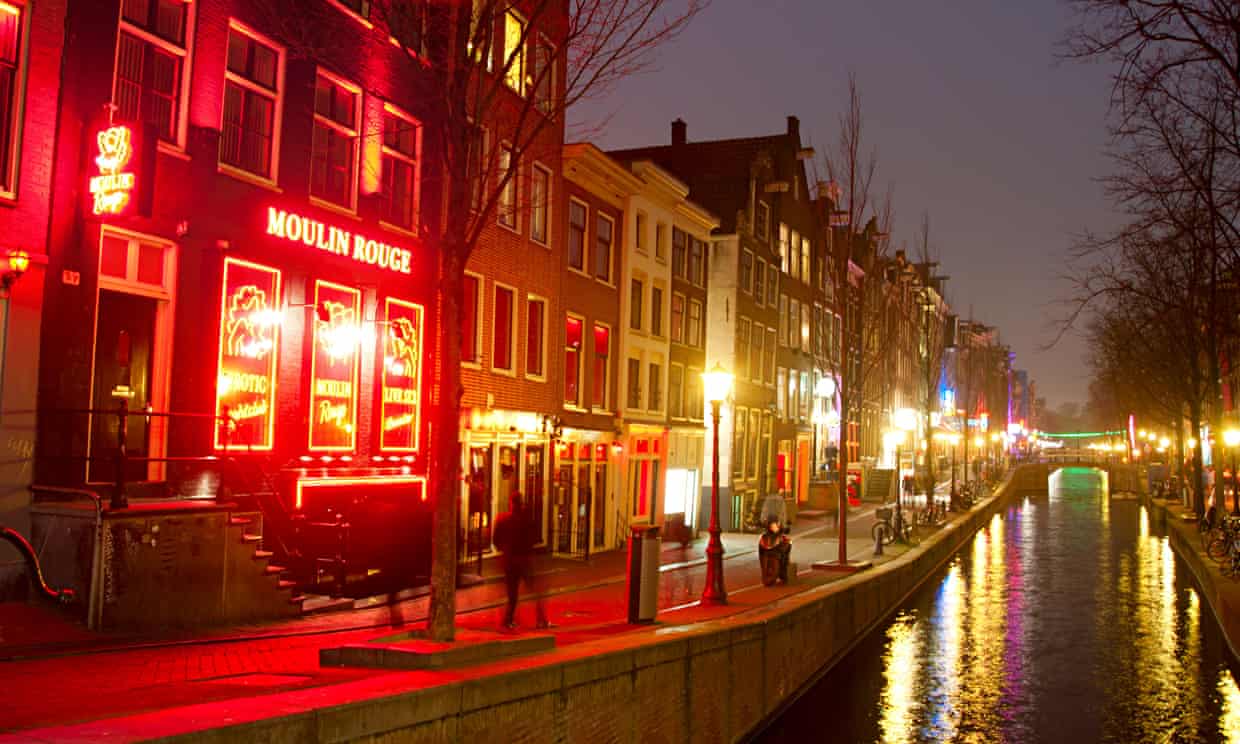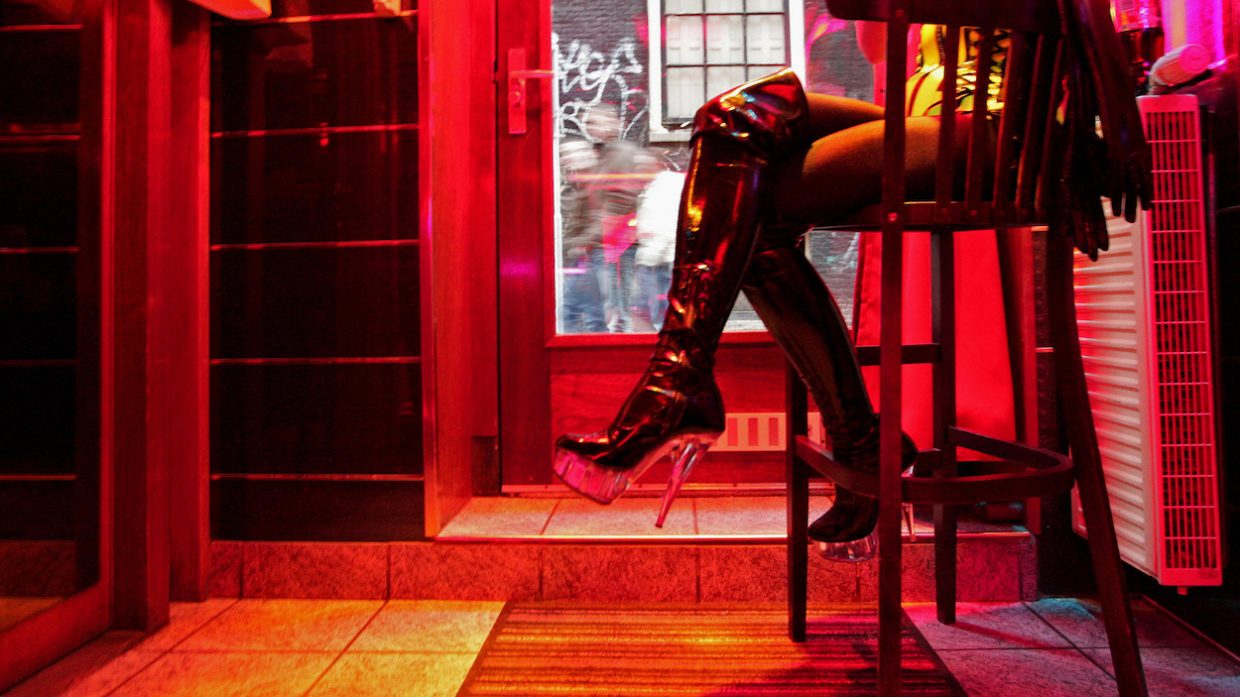Amsterdam is widely beloved for its storybook canals lined with brick-gabled townhouses, arched bridges, and houseboats. Scenic appeal aside, the Dutch capital can be intoxicating for another reason: its world-famous Red Light District, a central corridor known locally as De Wallen, which has narrow alleyways lined with brothels where sex workers advertise their services from behind storefront windows illuminated with moody red lights. Though a hotbed for tourists until the pandemic shuttered most of the district in 2020, De Wallen has polarized locals who claim the brothels attract human trafficking, illicit drug use, and mockery of sex workers, and who wish to reset Amsterdam’s reputation.
In early 2021, mayor Femke Halsema announced a plan to shut down a significant number of De Wallen’s brothels and relocate the district to an “erotic center” on the outskirts of town. (The proposal comes on the heels of another Halsema-led campaign to ban foreign tourists from the city’s famous cannabis cafes.) It sparked backlash from sex workers, who claim that relocation will threaten their livelihoods, further stigmatize their profession, and deprive them of a safe working environment compared to De Wallen, a close-knit neighborhood where people and police are always around.
“Amsterdam has a very long tradition of protecting freedom, and being a tolerant city. And I really want to protect that,” mayor Halsema told Time, noting that she voted in favor of national legalization of prostitution as a lawmaker in 1999. “But we do not want to be famous because of sex and drugs. We want to be famous for our cultural heritage.”


